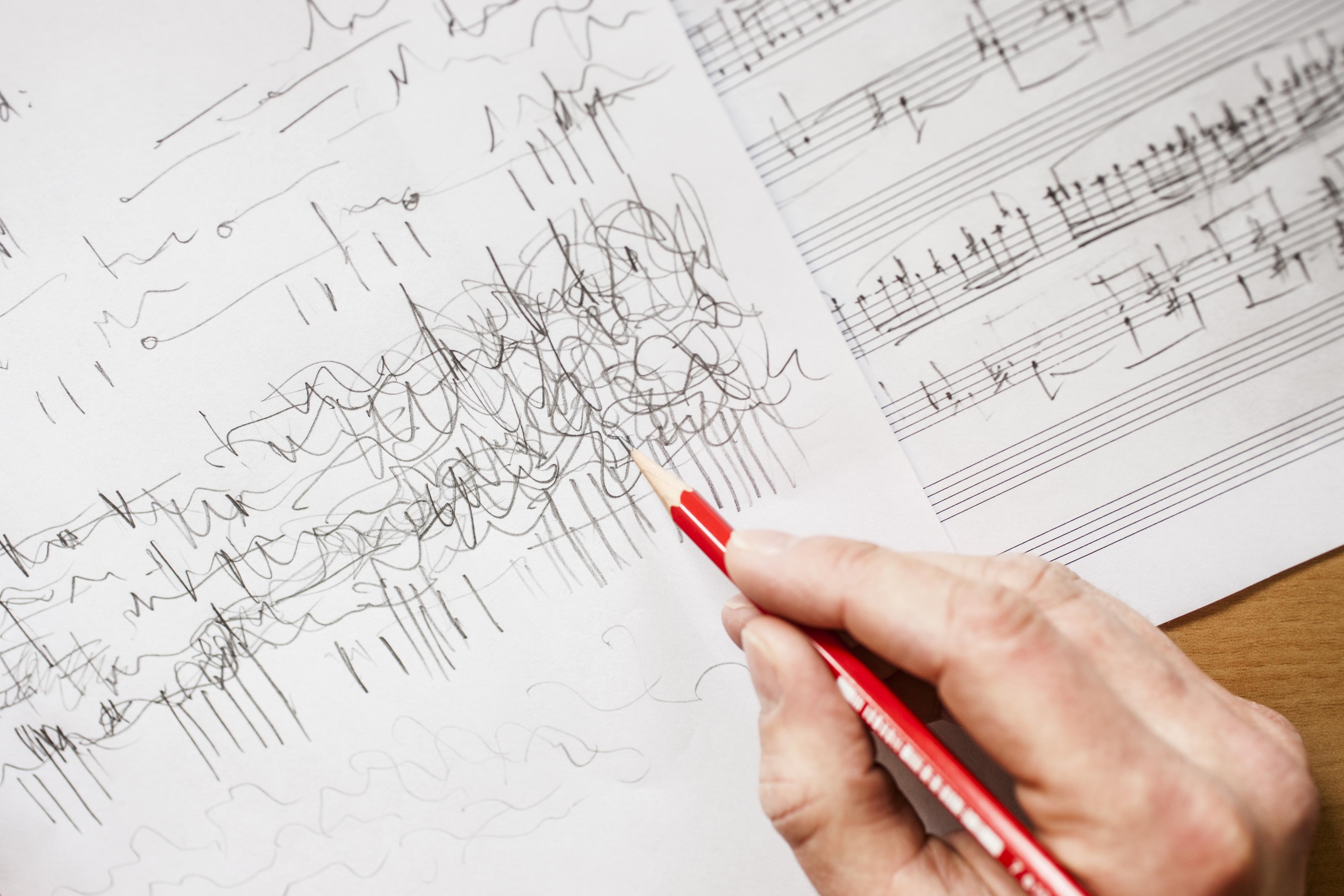Which rights are managed by which society?
The author has the exclusive right to determine whether, when and how a work may be used (Art. 10 Para. 1 Federal Copyright Law, URG). There are only a few exceptions to this rule. These are cases in which the law declares a use to be permissible (so-called “statutory licence”) but generally provides for a remuneration in return. This applies to private copying for example.
Individual and collective management of authors’ rights
In principle, the authors are entitled to decide for themselves whether to permit or forbid an individual work use (individual rights management). They are however also entitled to assign certain rights or claims to remuneration to a collective rights management organisation for administration (voluntary collective management). And finally, there are cases in which the law itself lays down a collective rights management organisation obligation; this means that in these cases, individual rights management is not permissible under any circumstances (obligatory collective management). Depending on the work category, more (e.g. music) or fewer (e.g. film) rights are managed collectively.
Joint tariffs and common collecting agencies
If a number of collective rights management organisations are active in the same field of use, they are normally required to establish joint tariffs and designate a common collecting agency (Art. 47 Federal Copyright Law, URG). Collective management via collective rights management organisations is thus very much in the interest of the user who is able to obtain all rights for a specific use centrally in the sense of a “one-stop shop”.
The table below shows which rights or claims to remuneration are collectively managed through which society. If rights are not collectively managed via a collective rights management organisation, the assignment or licensing takes place on the basis of individual contracts.
| Right/entitlement to remuneration1 | ProLitteris | SSA | SUISA | Suissimage | SWISSPERFORM** | Remarks |
|---|---|---|---|---|---|---|
| Copying and distribution (10 II a/b) | yes* | yes | yes | no | no | *excl. reproduction rights to texts |
| Reproduction of pictures / photographs (10 II a) | yes* | no | no | no | no | *excl. press / advertising photographs |
| Copying for private use | ||||||
| - Reprography and internal networks ( 19/20 II) | yes | yes | yes | no | CT 8 and 9 | |
| - by private persons onto blank data media (19 I a/20 III) | yes | yes | yes | yes | yes | CT 4 and CT4i |
| - by schools (19 I b/20 II) | yes | yes | yes | yes | yes | CT 7 |
| - by companies (19 I c/20 II) | yes | yes | yes | yes | yes | CT 8 and 9 |
| - by third parties (19 II/20II) | yes | yes | yes | yes | yes | CT 12, 8 and 9 |
| Copying for broadcasting purposes (24b) | no | no | yes | no | ja | CT S and Tarif A of SUISA and SWISSPERFORM |
| Distribution right (10 II b Federal Copyright Law (URG)) | * | * | * | * | * | *only in conjunction with other rights, e.g. with copying |
| Performance / presentation (10 II c) | no | yes* | yes | no | yes** | *only dramatic repertoire **only for retail recording media; Federal Copyright Law (URG) 35 |
| Making publicly accessible elsewhere (10 II c) | yes *** | yes* | yes | no** | no** | *only dramatic repertoire **other than for the simultaneous and unchanged public broadcast of programmes (see below) *** excl. press / advertising photographs |
| Making available, incl. the requisite rights for copying and distribution (VoD; 10 II a-c) | yes | yes | yes | yes* | no | *only for authors |
| Making available broadcast musical works (22c) | no | no | yes | no | yes | |
| Broadcasting (10 II d)) | yes | yes | yes | yes* | yes** | *only for authors **only for retail recording media; Federal Copyright La |
| Retransmission (10 II e/22) | yes | yes | yes | yes | yes | CT 1, 2a, 2b |
| Making broadcasts/retransmissions publicly available (public reception of television broadcasts; 10 II f/22) | yes | yes | yes | yes | yes | CT 3 a-c |
| Rental (13) / Loan | yes | yes | yes | yes | yes | CT 5, 6a, 6b |
| Archive works belonging to broadcasters (22a) | yes | yes | yes | yes | yes | CT 11 |
| Use of orphaned works (22b) | yes | yes | yes | yes | yes | CT 13 |
| Use by disabled persons (24c) | yes | yes | yes | yes | yes | CT 10 |
| Editing rights / Use for the creation of derivative works: | ||||||
| - Combining music works with other works (“synchronization rights“) | no | no | subsidiary only | no | no | |
| - Film rights | no | no | no | no | ||
| - Remake rights | no | no | no | no | no | |
| - Using extracts in a new work | no | no | no | no | ||
| - Translation rights / synchronization rights | no* | no | no | no | no | *Translators are independent authors at ProLitteris |
| - Ancillary printing rights (e.g. book of the film) | no | no | no | no | no | |
| Incorporation in a multimedia product | yes | yes | yes | subsidiary only | no | |
| Merchandising rights | yes * | no | no | no | no | *Restricted in the case of works of visual art and photographs |
| Use of a work for individual interpretation (karaoke) | no | no | yes | no | no | |
| Access and exhibition rights (14) | no | no | no | no | no |
* For the sake of clarity, no mention has been made of the relevant provisions relating to neighbouring rights.
** Refers to the neighbouring rights of performers, producers and broadcasting companies (see the columns for the other collective rights management organisations for any authors’ rights concerned)
Source: www.swisscopyright.ch, 2017


